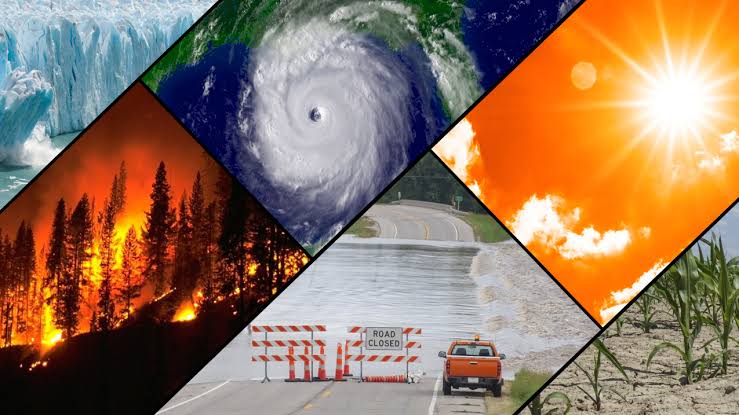The world is changing quickly because of climate change, and its effects on tourist spots are becoming clearer all the time. The experiences travellers used to love are changing because of the rise in world temperatures. Many famous places to visit are changing, from the melting glaciers in the Arctic to the moving sands of tropical beaches. These changes are changing the way people travel and see the world.
The rise in sea levels is one of the most obvious results of climate change. It threatens places around the world that are close to the coast. Because they flood and wear away so easily, popular beach resorts and low-lying islands could disappear or lose their charm. The Maldives is a paradise known for its beautiful beaches and clear water. But as the seas rise, the future of this paradise is unclear. In the same way, there have been more severe floods in Venice, Italy, which has damaged historic places and made it harder for tourists to visit.

Rising tides and melting glaciers: Climate change is reshaping the world’s most beloved travel destinations.
Temperatures are rising, which is melting mountains and sea ice quickly in the Arctic and Antarctic. This not only threatens the homes of polar bears, penguins, and other animals, but it also changes the unique ways that people can move through these areas. The views from cruises to huge icebergs and grand glaciers are less amazing as these natural wonders get smaller. Some people are in a hurry to get to these places because they know that tomorrow the things they see might not be there. This trend, called “last-chance tourism,” is making these fragile areas worse and speeding up the effects of climate change even more.
Mountainous areas, which are famous for their winter sports and beautiful scenery, are also being affected. Ski areas in Asia, North America, and Europe are having a hard time because winters are getting shorter and there is less snow. In order to keep their slopes open, some lower-altitude resorts are making fake snow, but this is expensive and bad for the earth. As temperatures continue to rise, it’s not clear what will happen to these winter parks. Many may have to close or change their names to become year-round spots for hiking and mountain biking.

The impact of climate change is clear—iconic travel spots are transforming before our eyes.
Wildlife and ecosystems in well-known national parks and nature reserves are also being affected by climate change. Changes in the way it rains and long droughts are putting stress on wildlife populations in places like the Serengeti and Kruger National Park in Africa. Rising ocean temperatures have caused mass coral bleaching events on Australia’s UNESCO World Heritage-listed Great Barrier Reef. This threatens the marine life that draws millions of dives and snorkelers every year.
The tour business is having to change as these things happen. Some places are investing in environmentally friendly ways to attract tourists to lessen their impact on the environment, while others are looking for ways to give more than just natural attractions. But these attempts might not be enough to keep the experiences that made these places famous in the first place. It can be hard for travellers to balance their need to see the world with their duty to keep it safe.

From vanishing beaches to shrinking glaciers, climate change is altering the way we explore the world.
Finally, climate change is not just a threat that will happen in the future; it is already happening and changing the places people visit all over the world. The places we visit and the things we look for are changing, from towns on the coast to the arctic, from mountains to coral reefs. As travellers, we need to be aware of how our trips affect the environment and think about how we can support eco-friendly practices that help keep these places safe for future generations.